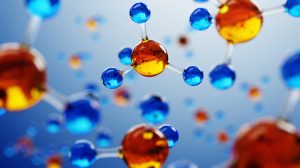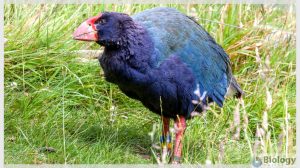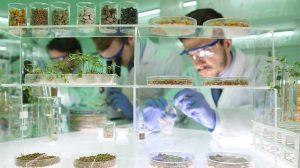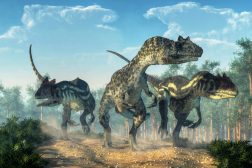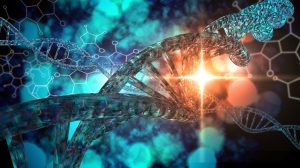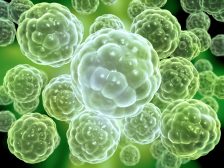Definition
noun, plural: bacteriolysins
(1) A specific antibody that combines with bacterial cells (antigens) and, in the presence of complement, causes lysis or dissolution of the cells
(2) A type of bacteriocin with bacteriolytic activity
Supplement
Antibodies are glycoproteins produced by B cells. Their main function is to protect the body from foreign agents (called antigens) through an immune response against the antigens. There are different types of antibodies. They may be grouped based on their mode of action or by the reactions produced with the corresponding antigens. Some of these groups are agglutinins, bacteriolysins, haemolysins, opsonins, and precipitins. An antibody that causes lysis and disintegration of bacteria is called bacteriolysin. In this regard, a bacteriolysin is the specific antibody that combines with antigens, such as bacterial cells. It has derived its name from its effect on bacterial cells. In particular, it combines with a bacterial cell and then causes lysis. As a result, the bacterial cell is destroyed. One possible mechanism is by deregulating lipoteichoic acid or phospholipids of Gram (+) or Gram (-) bacteria, respectively.
Bacteriolysins may also be a subclass of bacteriocins, i.e. a larger group of proteinaceous or peptidic toxins produced by bacteria and can inhibit the growth of closely-related bacteria or of another bacterial genera. In particular, the class III type a include bacteriolysins such as lysostaphin.1 Lysotaphin is a peptide produced by Staphylococcus and is capable of hydrolyzing the cell wall of other species of Staphylococcus bacteria (e.g. S. aureus).
See also:
Reference(s):
1 Bastos, M. do C. de F., Coutinho, B. G., & Coelho, M. L. V. (2010). Lysostaphin: A Staphylococcal Bacteriolysin with Potential Clinical Applications. Pharmaceuticals, 3(4), 1139–1161. http://doi.org/10.3390/ph3041139

